In the world of advanced oral care devices, safety and effectiveness must go hand in hand. One often-overlooked safety measure is allergen testing, which plays a vital role in preventing bleach residuals that could potentially cause allergic reactions or mucosal damage. When combined with technologies such as pressure sensors, allergen screening ensures whitening tools remain both high-performing and safe for sensitive users.
Allergen testing is more than just a regulatory checkbox—it is a proactive quality control strategy. By identifying potentially reactive compounds in bleaching gels or accessory materials, manufacturers can reformulate or substitute ingredients that tend to leave residual byproducts. This is especially important in products with extended contact time, like mouthpieces or whitening strips, where residuals may linger and cause irritation or immune responses.
Hydrogen peroxide, commonly used in whitening treatments, decomposes into water and oxygen. However, if stabilizers or additional agents are used without proper allergen testing, they may form chemical residues that persist on enamel surfaces or gum tissue. These residues can be especially problematic for individuals with heightened sensitivity. Accurate allergen screening helps ensure that all degradation pathways result in inert or biocompatible substances.Company web: https://www.powsmart.com/product/electric-toothbrush/
Modern whitening devices often incorporate pressure sensors to monitor the applied force during treatment. Excessive pressure can lead to micro-abrasions or damage to the mucosa, allowing allergens or residual bleach compounds to penetrate deeper. When allergen testing is paired with pressure-sensitive technology, the product not only avoids harmful ingredients but also promotes a safer mechanical interface.
Certain user demographics—such as pediatric, geriatric, or immunocompromised individuals—require additional safety considerations. For these groups, allergen testing becomes a critical filtering layer. It ensures that bleach formulations, adhesives, and plastics used in device construction do not contain irritants. This precision allows manufacturers to design targeted, hypoallergenic whitening systems that cater to at-risk populations.
Global markets increasingly demand transparency and testing documentation. Manufacturers who implement comprehensive allergen testing not only mitigate risks related to bleach residuals, but also meet compliance expectations across FDA, CE, and ISO frameworks. This diligence enhances brand trust and opens doors for premium positioning in the competitive B2B oral care sector.
The convergence of allergen testing with smart device features like pressure sensors and user feedback systems paves the way for predictive product design. Imagine whitening kits that adjust intensity based on allergen profile data or automatically halt operation when risk thresholds are met. This synergy could revolutionize the safety paradigm in at-home and professional oral whitening markets.
Conclusion:
As consumer awareness and regulatory scrutiny grow, allergen testing is no longer optional—especially when bleach residuals are involved. Combined with technologies like pressure sensors, allergen screening provides a robust defense against post-treatment complications and builds the foundation for safe, scalable whitening solutions in the B2B sector.Contact us
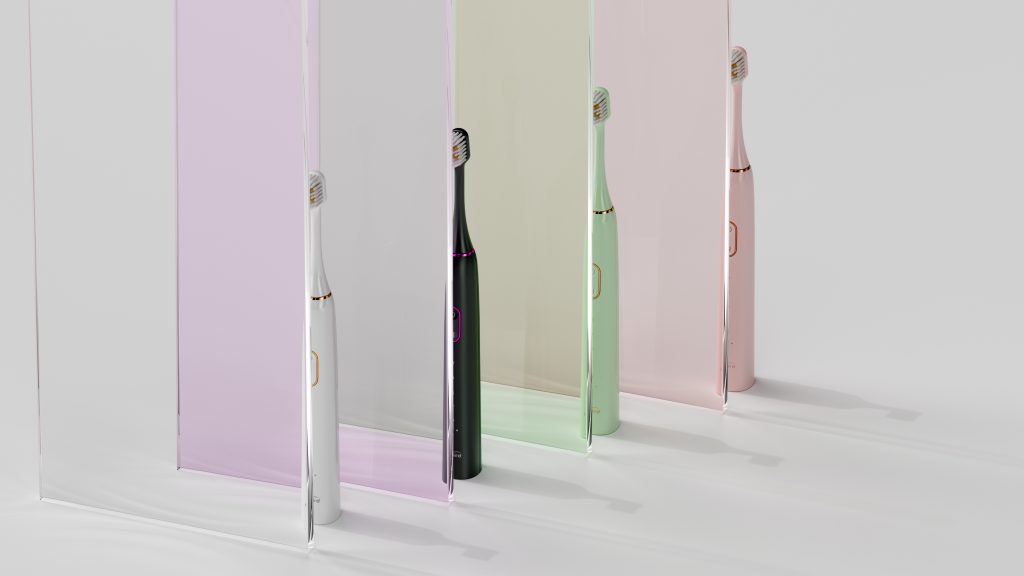
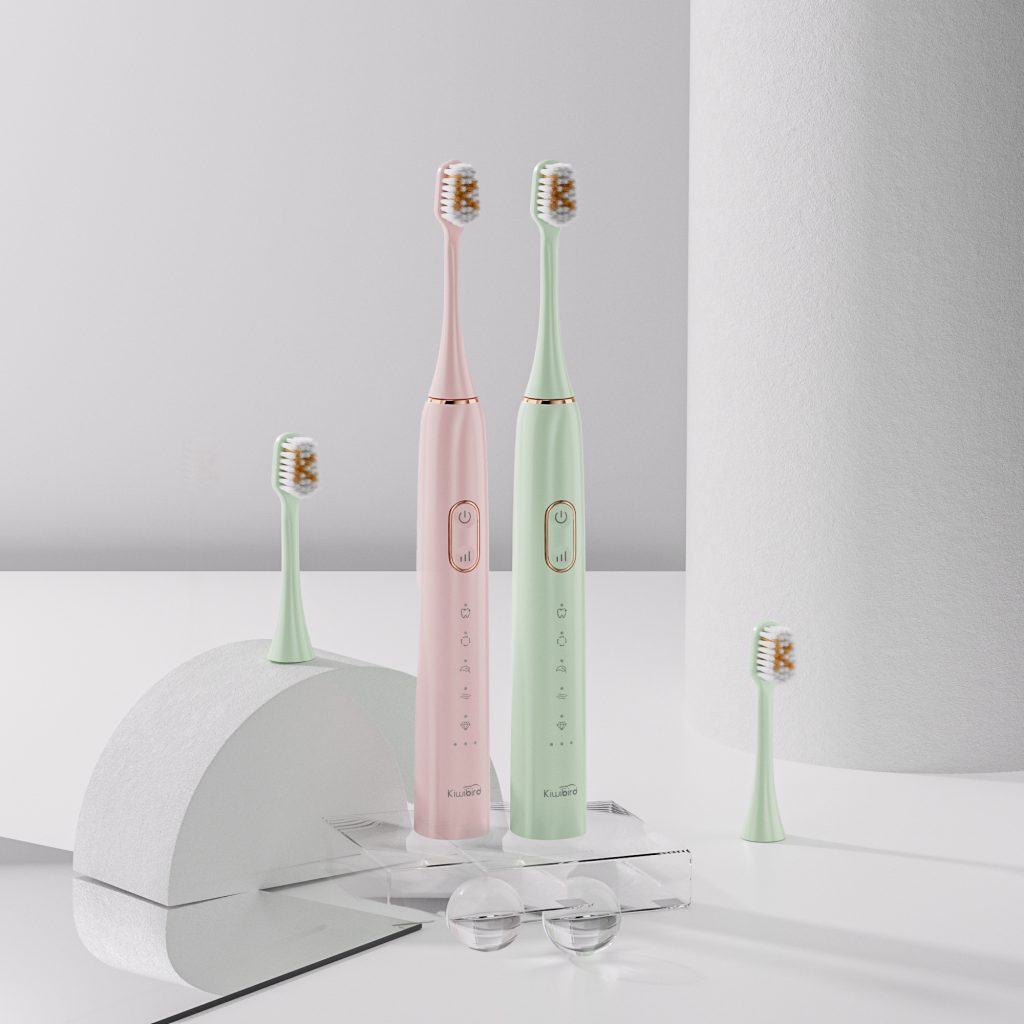
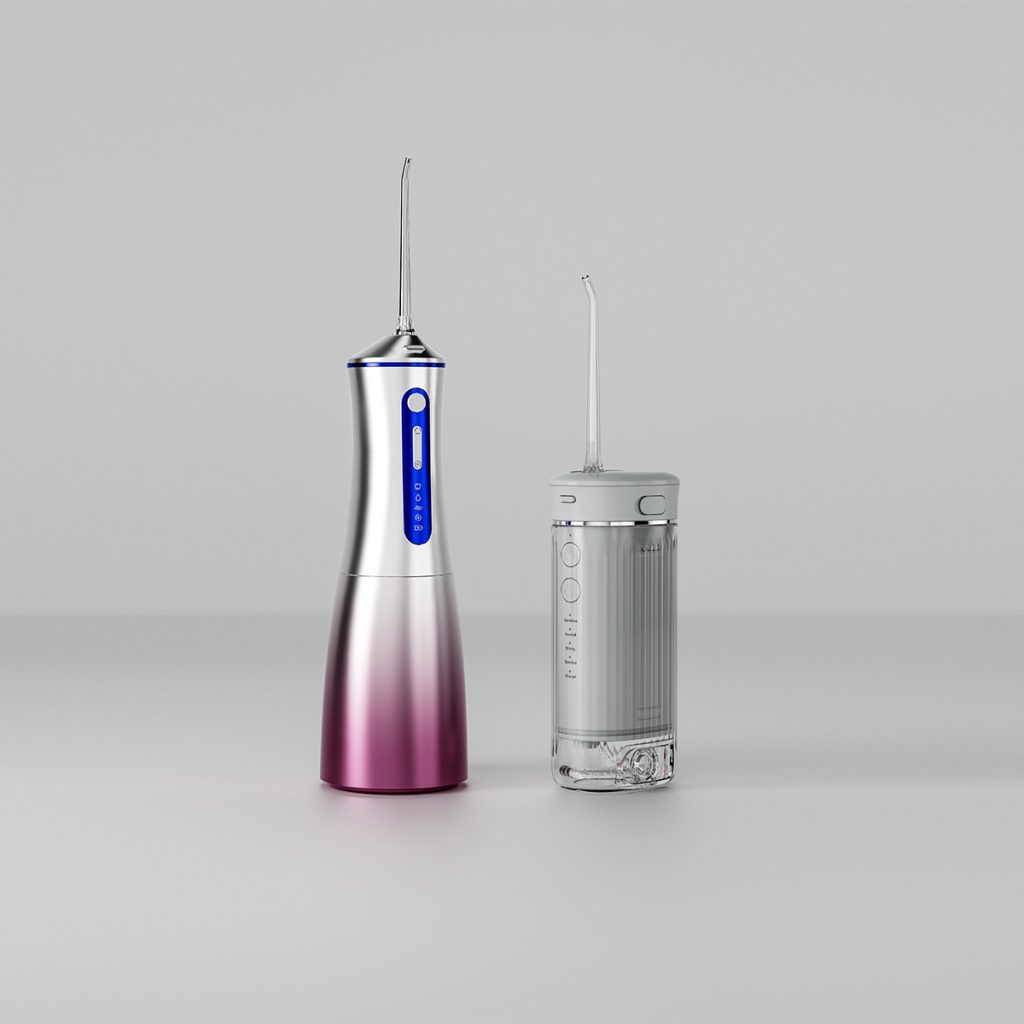
.jpg)
Executive Diwali gift or Status symbol toothbrush — what truly impresses?
.jpg)
Oral Care Market Trends 2025: Which High-demand Oral Care Products Are Most Worth Distributing?
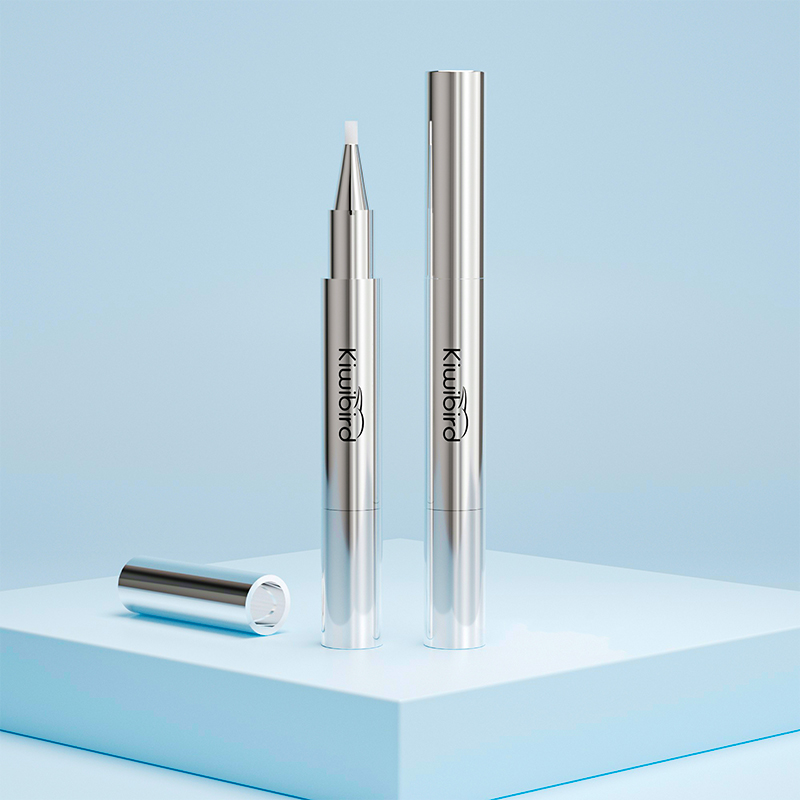
The Oral Beauty Revolution of Teeth Whitening Devices: From “Medical Equipment” to “Cosmetic Bag Item”
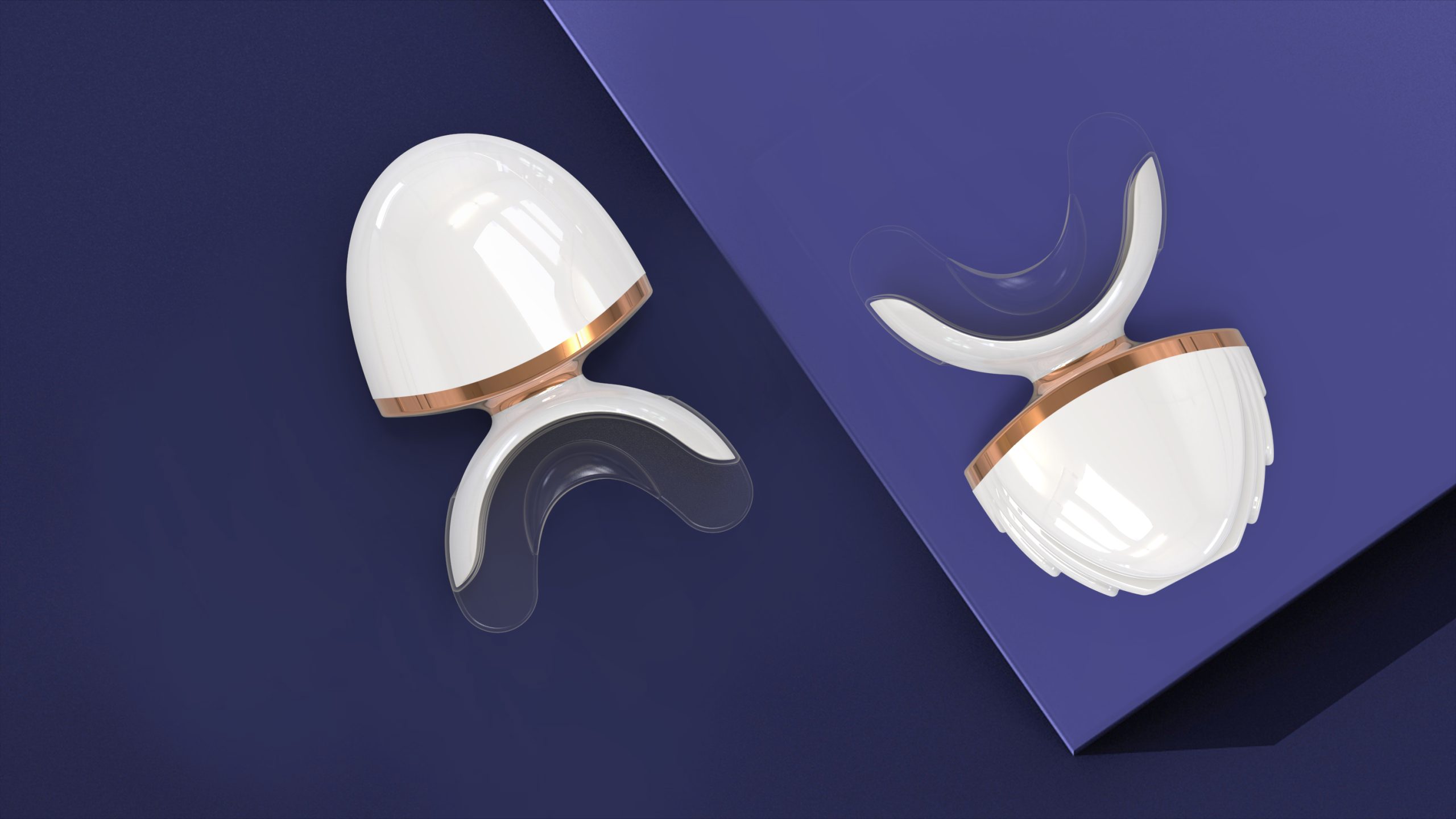
Is Blue Light Under 480nm Safe for Teeth Whitening Devices?
Slippery Electric Toothbrush Handles and Faulty Pressure Sensors: Solving Compatibility Issues?
How to Handle Temperature Spikes and Handle Slippage?
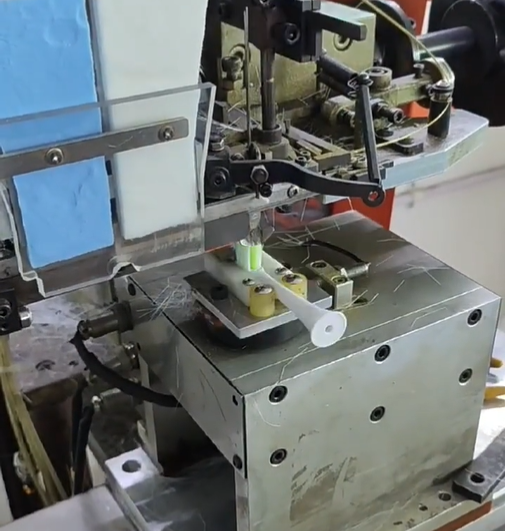
Environmentally Friendly Oral Care Products: Consumer Demand and Market Growth Potential
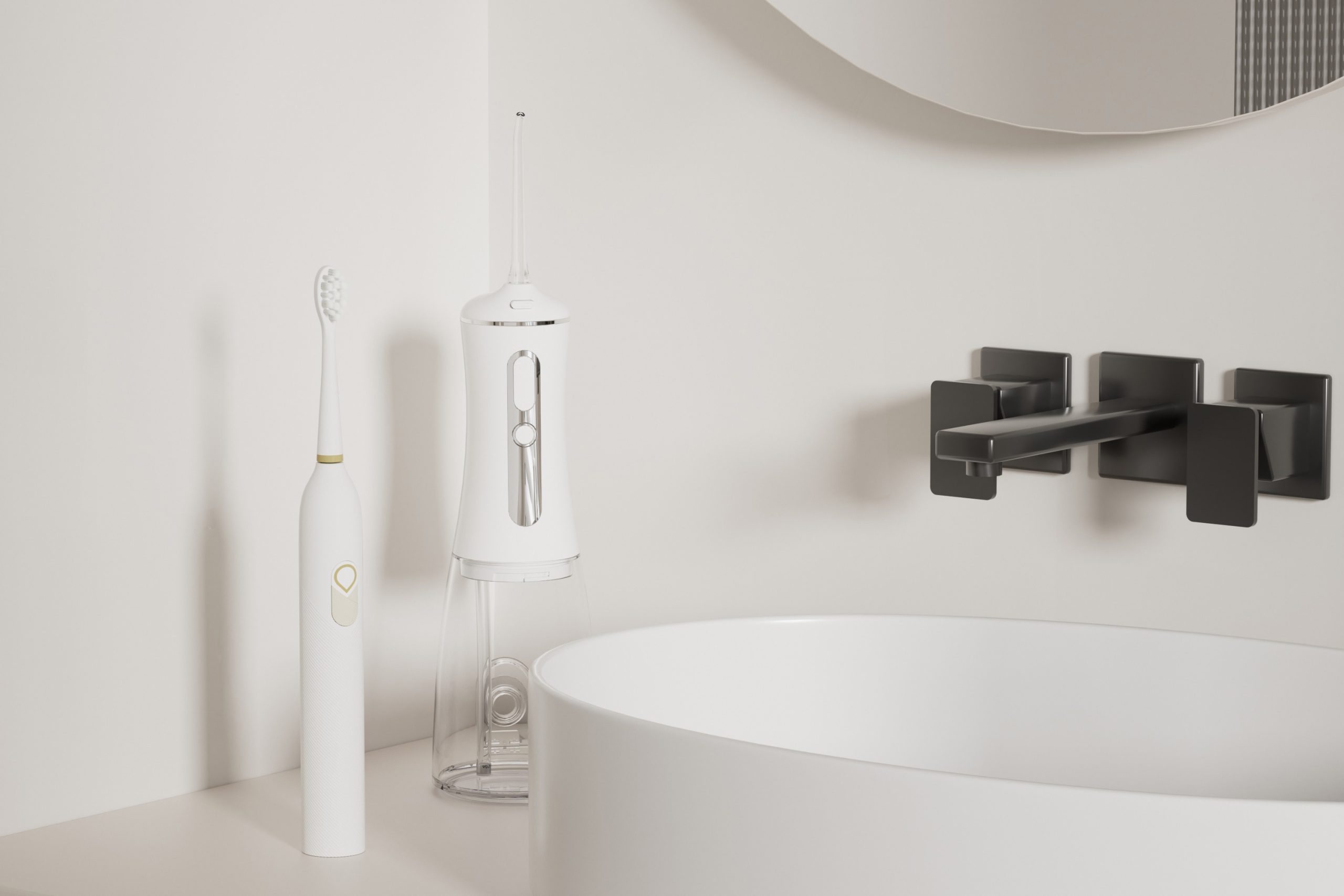
A Must-Have Guide for Brands to Deal with Water Leakage, Unstable Pressure, and charging failure repair of Water Flosser
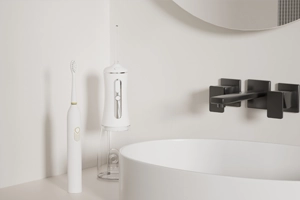
Beginner’s Guide to Water Flosser Pressure Settings
Child Compatibility Meets Cold Light Sensitivity: Safe?
How to Choose Good Bristles When Selecting an Electric Toothbrush?

Comparison of Performance & Price of Different Motors for Water Pumps for Dental Flossers
.jpg)
Gentle Oral Care Products for Sensitive Gums: A Guide for Brands Seeking the Right Manufacturer

Customizing Specialty Electric Oral Care Electronics for OEM

How to Establish a Stable Supply Chain for Oral Care Products? A Guide for Distributors
Why Do Pediatric Warnings Address Bleach Residuals?

electric toothbrush heads Regular Clean

electric toothbrush heads Ultra Soft
.jpg)
Florida Electric Toothbrush – Powsmart PTR-C8

Customization Teeth Whitening Gel

Private Label Whitening Gel

Electric toothbrush heads Charcoal Infused-Diamond

electric toothbrush heads Charcoal Infuse-Round

electric toothbrush heads Deep Clean
whstapp
whstapp
National Toll-Free Service Hotline
+86 755 86238638